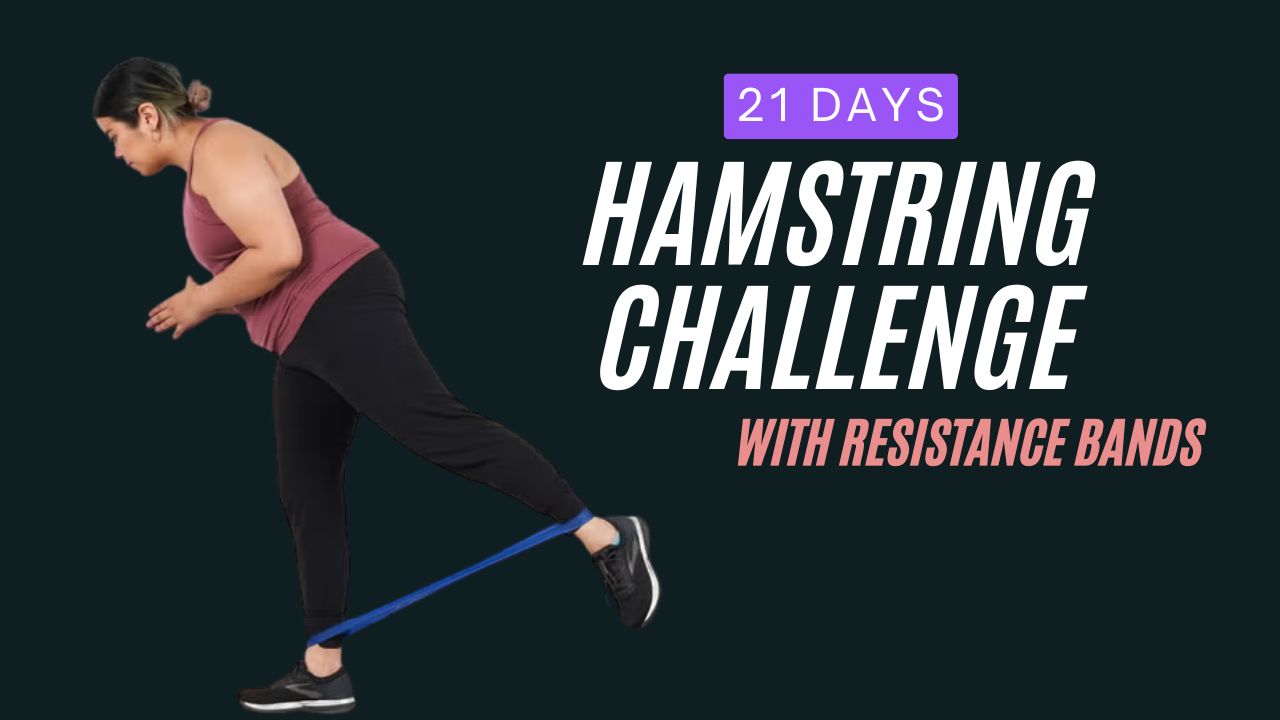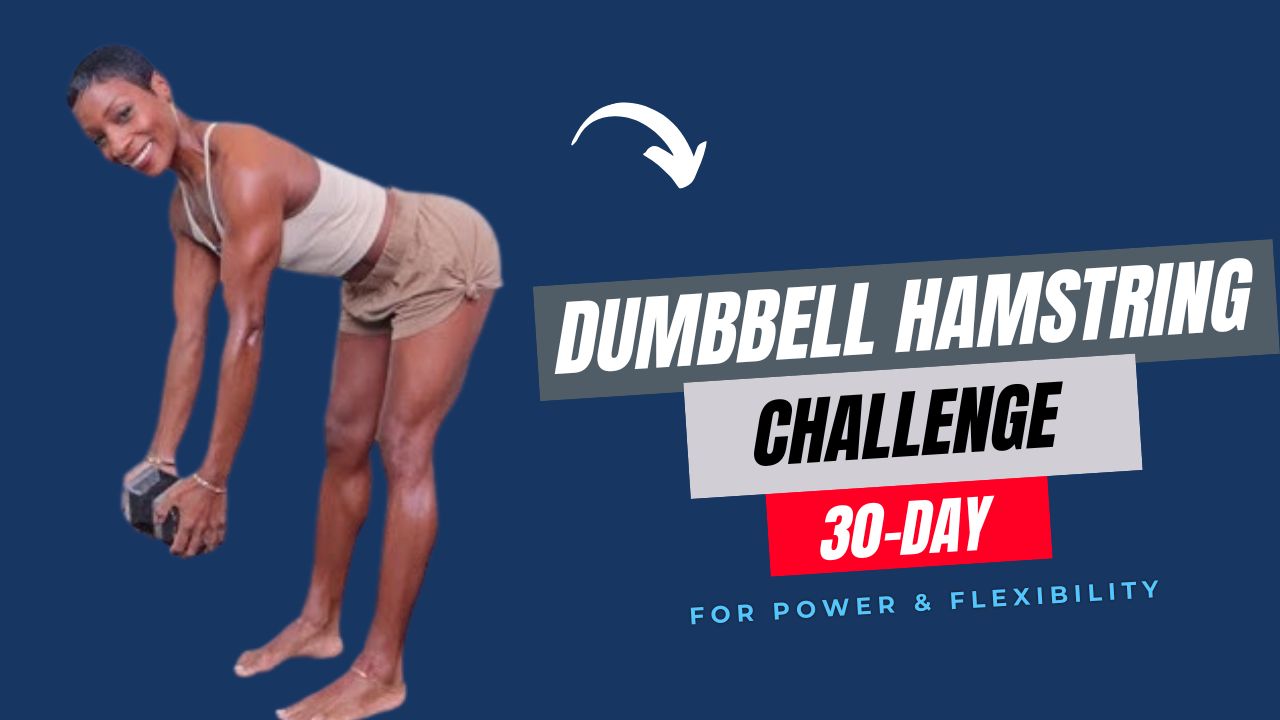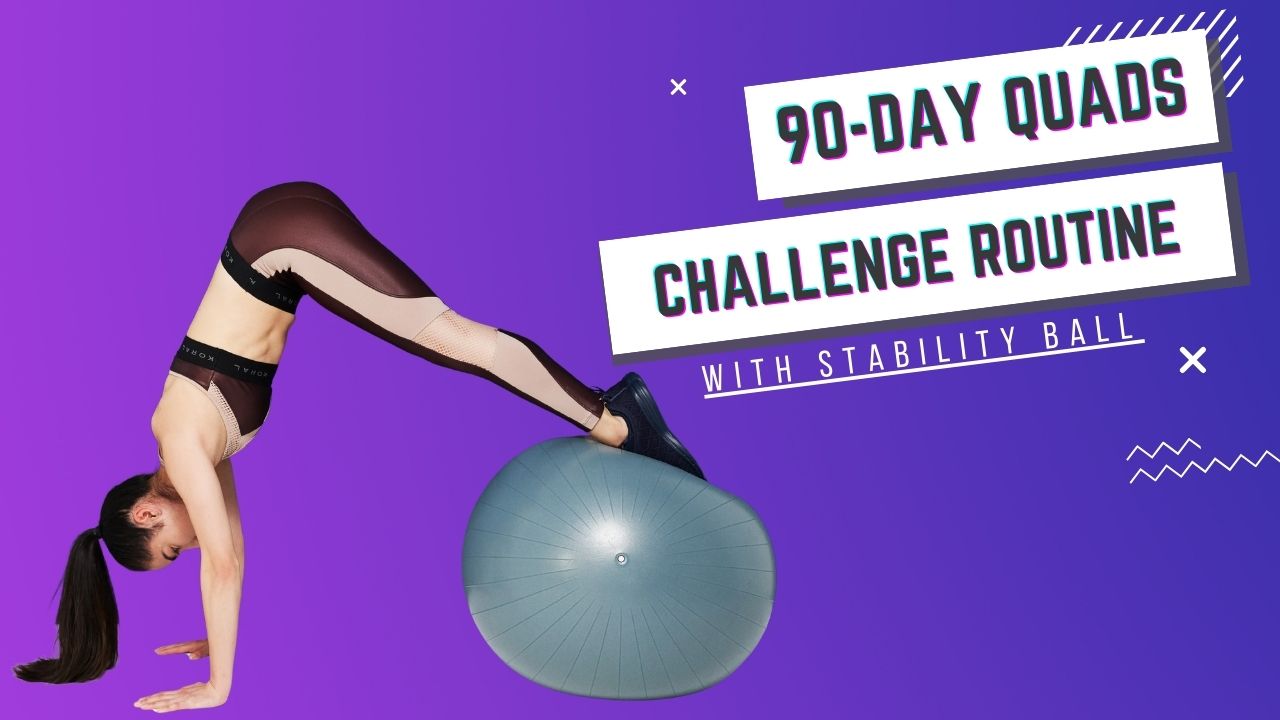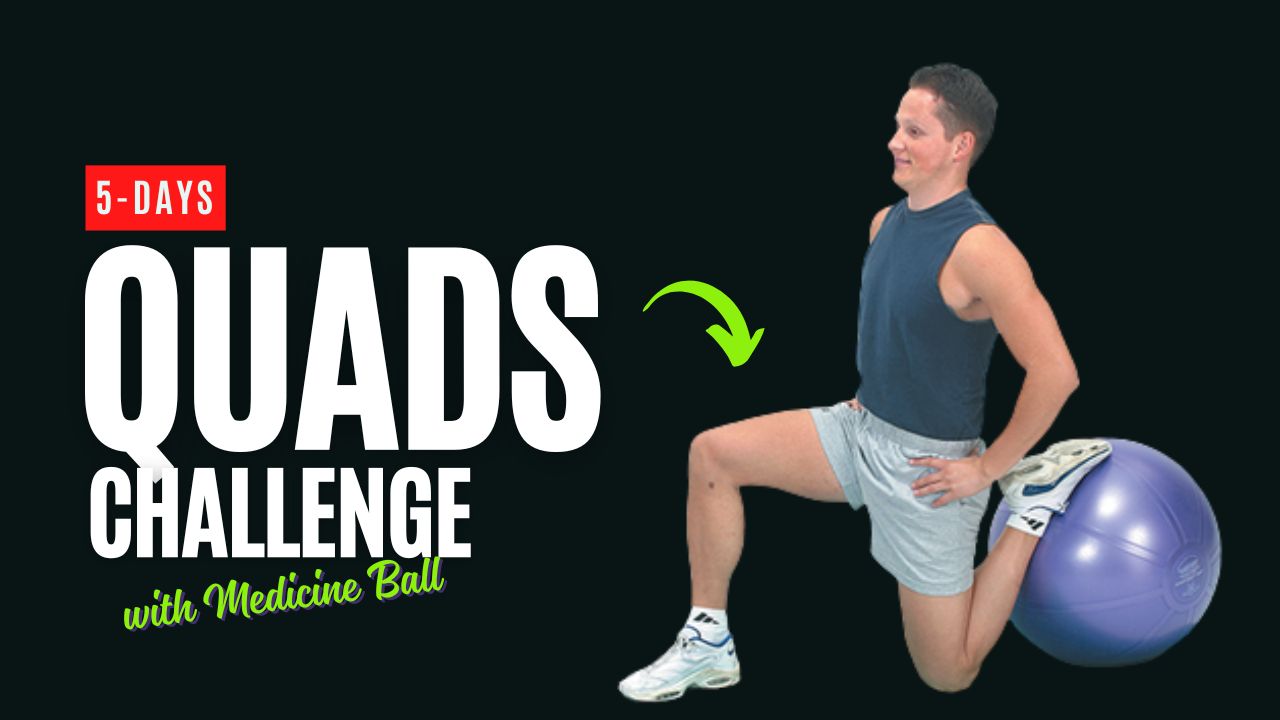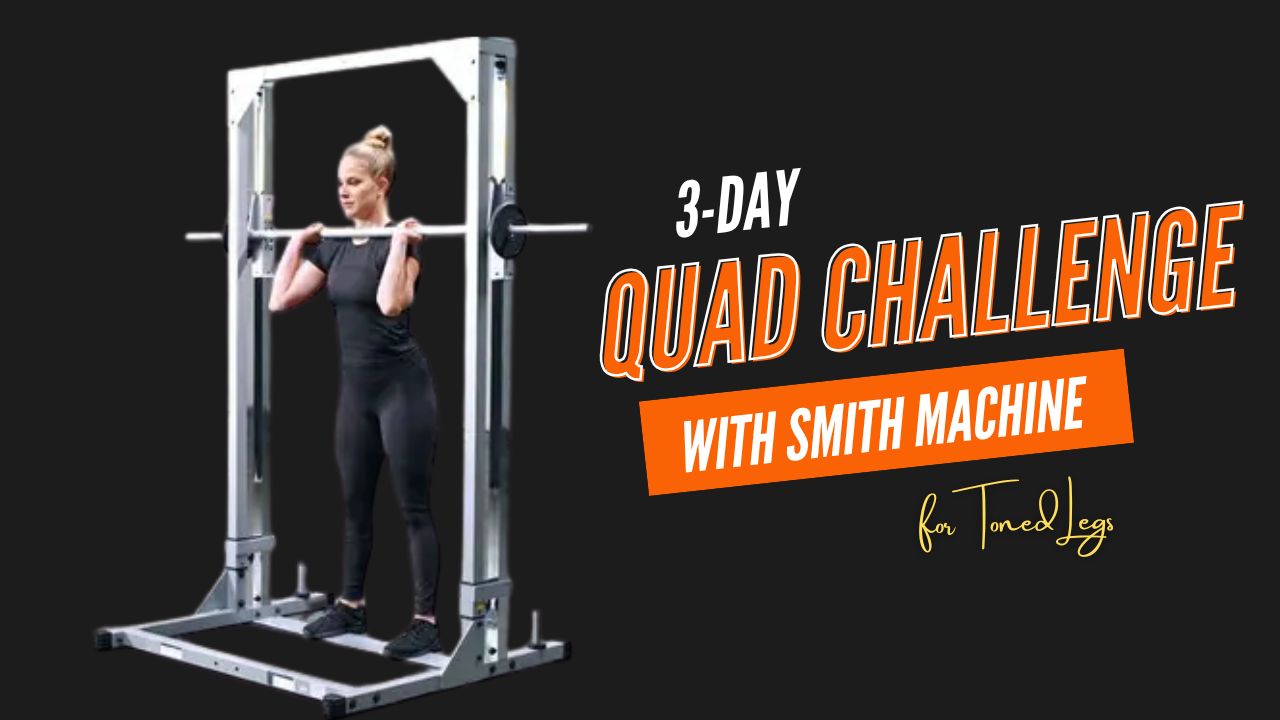Do you know that your quads are among the largest and strongest muscles in your body? Yet, many people underestimate their role in explosive strength, balance, and endurance.
Whether you’re an athlete chasing sprint speed, a weekend warrior aiming to boost vertical jumps, or simply someone who wants stronger legs for everyday movement, training your quads effectively can transform your performance.
Most leg workouts are done with squats, lunges, and machines, but here’s the secret: your body weight, paired with a TRX suspension trainer, is enough to build explosive quad strength in just 10 minutes a day.
Unlike traditional weights, the TRX forces your stabilizers to engage, challenges your balance, and increases time under tension—key factors in muscle growth and strength.
This 10-Minute TRX Quads Challenge is designed to help you unlock leg power quickly, efficiently, and with minimal equipment. Let’s dive into the exercises, their benefits, and exactly how to perform them.

Table of Contents
Why Focus on Quads?
The quadriceps, located at the front of your thighs, consist of four muscles: rectus femoris, vastus lateralis, vastus medialis, and vastus intermedius. These muscles are crucial for:
- Explosive power in sprints and jumps.
- Knee stabilization, reducing injury risk.
- Improved posture and balance during daily movement.
- Athletic performance, from soccer and basketball to running and cycling.
Myth Check: Many believe that strong quads alone are enough for athletic performance. In reality, while quads are essential, they must work in harmony with hamstrings and glutes. This TRX routine emphasizes the quads while still engaging the entire lower body for balance and stability.
What Can Happen After 30 Days of This TRX Quads Challenge
| Positive Changes | Why It Happens |
|---|---|
| Noticeable increase in quad strength | Consistent overload from TRX squats, lunges, and jumps builds stronger muscle fibers. |
| Improved balance and stability | Suspension training constantly engages stabilizer muscles, enhancing coordination. |
| Greater endurance in daily activities | Holding positions like wall sits improves muscular stamina. |
| Better athletic performance (jumping, sprinting, cycling) | Explosive moves like squat jumps and step-up drives train fast-twitch muscle fibers. |
| Enhanced lower body definition | Regular tension on quads increases muscle tone and visibility. |
| Reduced risk of knee injuries | Strengthening the quadriceps helps stabilize the knee joint. |
| Improved confidence in single-leg movements | Bulgarian split squats and pistol squats improve unilateral strength and control. |
Do’s & Don’ts for the TRX Quads Challenge
| Do’s | Don’ts |
|---|---|
| Warm up for at least 5 minutes before starting the challenge. | Don’t skip the warm-up—it increases the risk of injury. |
| Keep your core engaged to support balance and protect your spine. | Don’t arch your lower back or lean excessively forward. |
| Focus on controlled landings in jump movements to protect your knees. | Don’t land with straight legs or locked knees. |
| Perform each exercise with full range of motion for maximum quad activation. | Don’t perform shallow squats or lunges unless you’re recovering from injury. |
| Use the TRX for balance, but let your quads do most of the work. | Don’t rely completely on the straps to pull yourself up. |
| Breathe steadily—inhale on lowering, exhale on pushing up. | Don’t hold your breath, which can cause fatigue faster. |
| Start with body weight, then gradually add resistance as you progress. | Don’t overload too quickly with weights or extended rounds. |
| Maintain proper posture: chest up, shoulders back, eyes forward. | Don’t hunch forward or look down throughout the movement. |
Exercises To Do For TRX Quads Challenge
1. TRX Squat Jump
Description:
The TRX squat jump is a powerful plyometric move that builds explosive strength in your quadriceps while enhancing cardiovascular endurance. Using the TRX adds stability, allowing you to push harder without losing balance.
How to:
- Stand facing the TRX anchor point, holding handles at chest height.
- Step back slightly, keeping tension in the straps.
- Lower into a squat position, ensuring knees track over toes.
- Explosively jump upward, extending your legs fully.
- Land softly with bent knees and immediately go into the next rep.
Tip: Focus on controlled landings to protect your knees.
2. TRX Bulgarian Split Squat
Description:
This single-leg exercise isolates the quads, improves balance, and strengthens stabilizing muscles. The elevated rear leg increases tension on the front quad, making it an ideal strength-builder.
How to:
- Stand facing away from the anchor point.
- Place one foot into the TRX loop behind you.
- Step the front leg forward, maintaining upright posture.
- Lower your hips into a lunge position until the front thigh is parallel to the ground.
- Push back up through the front heel to return to standing.
Did You Know? The Bulgarian split squat was popularized by Eastern European athletes as a secret weapon for leg power in sports like wrestling and weightlifting.
3. TRX Pistol Squat (Single-Leg Squat)
Description:
The TRX pistol squat combines strength, mobility, and balance. It places maximum tension on one quad at a time, making it both challenging and rewarding.
How to:
- Stand facing the anchor, holding handles with arms extended.
- Lift one leg off the ground, extending it forward.
- Lower into a squat on the standing leg, using the TRX for balance.
- Push through the heel to return to standing.
- Switch legs and repeat.
Myth Check: Many think pistol squats are only for advanced athletes. With TRX assistance, even beginners can safely attempt and build up strength.
4. TRX Forward Lunge
Description:
This variation of the lunge emphasizes eccentric control (lowering phase) while keeping constant tension on the quads.
How to:
- Stand facing away from the anchor, straps over shoulders.
- Step forward into a lunge, lowering until the back knee almost touches the ground.
- Push back through the front quad to return upright.
- Alternate legs with each rep.
Tip: Keep your torso tall and core braced to avoid leaning forward.
5. TRX Wall Sit Hold
Description:
An isometric powerhouse, the wall sit hold builds endurance in your quads. Adding TRX tension increases activation and prevents relaxation.
How to:
- Lean back with your torso supported by TRX handles.
- Lower into a squat position as if sitting on an invisible chair.
- Hold for 30–60 seconds, keeping thighs parallel to the ground.
- Keep constant tension in your legs and avoid resting.
Did You Know? Isometric holds like the TRX wall sit can increase muscle fiber recruitment, making your quads stronger even when you’re not moving.
6. TRX Step-Up Drive
Description:
This exercise mimics the explosive movement of sprinting and stair climbing, targeting the quads with a power-focused drive.
How to:
- Stand in front of a bench or step, TRX straps in hand.
- Place one foot on the elevated surface.
- Push through the front leg, driving your opposite knee upward explosively.
- Return with control and repeat before switching sides.
Performance Tip: Keep movements quick and powerful, as if driving forward in a sprint.
7. TRX Sissy Squat
Description:
This underrated exercise isolates the quads by minimizing glute involvement. It emphasizes knee extension, making it a true quad-burner.
How to:
- Stand facing the anchor, holding handles at chest height.
- Lean back slightly as you bend your knees, keeping your body in a straight line.
- Lower down until you feel maximum quad tension.
- Push back up to the starting position without arching your back.
Myth Check: Some believe sissy squats are harmful to knees. When performed correctly with TRX support, they are safe and highly effective for building quad definition.
The 10-Minute TRX Quads Challenge Routine
Now that you know the key exercises, it’s time to put them together into a 10-minute workout challenge. This routine is designed to maximize strength, endurance, and explosiveness in minimal time.
Routine in Row Format:
- TRX Squat Jump – 40 seconds, 20 seconds rest
- TRX Bulgarian Split Squat – 30 seconds each leg, 15 seconds rest
- TRX Pistol Squat – 30 seconds each leg, 15 seconds rest
- TRX Forward Lunge – 40 seconds alternating legs, 20 seconds rest
- TRX Wall Sit Hold – 45 seconds hold, 15 seconds rest
- TRX Step-Up Drive – 30 seconds each leg, 15 seconds rest
- TRX Sissy Squat – 40 seconds, 20 seconds rest
Repeat the entire circuit once for a total of 10 minutes.
Routine in Table Format:
| Exercise | Duration/Reps | Rest Time |
|---|---|---|
| TRX Squat Jump | 40 seconds | 20 seconds |
| TRX Bulgarian Split Squat | 30 seconds each leg | 15 seconds |
| TRX Pistol Squat | 30 seconds each leg | 15 seconds |
| TRX Forward Lunge | 40 seconds alternating legs | 20 seconds |
| TRX Wall Sit Hold | 45 seconds hold | 15 seconds |
| TRX Step-Up Drive | 30 seconds each leg | 15 seconds |
| TRX Sissy Squat | 40 seconds | 20 seconds |
Conclusion: Build Stronger Quads in Just 10 Minutes
The 10-Minute TRX Quads Challenge proves that you don’t need endless hours at the gym to see real results. With smart exercise selection, focused intensity, and the unique instability of the TRX, your quadriceps are pushed to build explosive strength, balance, and endurance in a short time frame.
The beauty of this workout is its adaptability—you can scale it to your fitness level. Beginners can focus on form and stability, while advanced athletes can increase speed, depth, and explosiveness for greater results.
Challenge Continuation Idea: Level Up in 4 Weeks
If you’re ready to push further, here’s how you can extend this challenge beyond the first 10 minutes:
- Week 1–2: Perform the circuit once (10 minutes) 3x per week. Focus on technique and smooth transitions.
- Week 3: Add a second circuit round, extending your workout to 20 minutes. Increase squat depth and jump height.
- Week 4: Add resistance by wearing a weighted vest or performing each hold for 5–10 seconds longer.
- Beyond Week 4: Mix in quad-focused TRX variations like lateral lunges or skater jumps for more dynamic training.
By gradually increasing intensity, you’ll continue to challenge your muscles, avoid plateaus, and see lasting results in both strength and performance.
Remember—consistency beats intensity. Even just 10 minutes a day, if done regularly, can dramatically improve your quad strength and leg power over time.
Frequently Asked Questions (FAQs)
Can I do the TRX Quads Challenge every day?
It’s best to give your muscles at least 24–48 hours of recovery between intense quad-focused workouts. You can do this challenge 3–4 times a week and use the other days for upper body, mobility, or active recovery.
Is this workout suitable for beginners?
Yes. The TRX provides support and balance, making it easier for beginners to perform challenging movements like pistol squats or Bulgarian split squats. Start slow, focus on form, and gradually build intensity.
How soon can I see results from this routine?
With consistent training and proper nutrition, most people start noticing improvements in quad strength and endurance within 3–4 weeks. Visible muscle definition may take longer depending on diet and overall activity level.
Do I need any extra equipment besides the TRX?
No, just a suspension trainer anchored to a sturdy point is enough. However, adding a bench, step, or weighted vest can increase the challenge as you progress.
Will this routine help improve my vertical jump or sprint speed?
Yes. Explosive TRX movements like squat jumps and step-up drives directly train the fast-twitch muscle fibers in your quads, which are essential for jumping higher and sprinting faster.
Can I replace leg day at the gym with this TRX routine?
This routine is effective, but for balanced development, it’s best to combine it with hamstring, glute, and calf training. You can replace one traditional leg day with this TRX challenge to keep your workouts fresh.
Is the TRX safe for people with knee issues?
If you have knee pain or past injuries, consult a medical professional before starting. The TRX actually reduces joint stress compared to heavy weights, but proper form and controlled movements are essential to stay safe.

